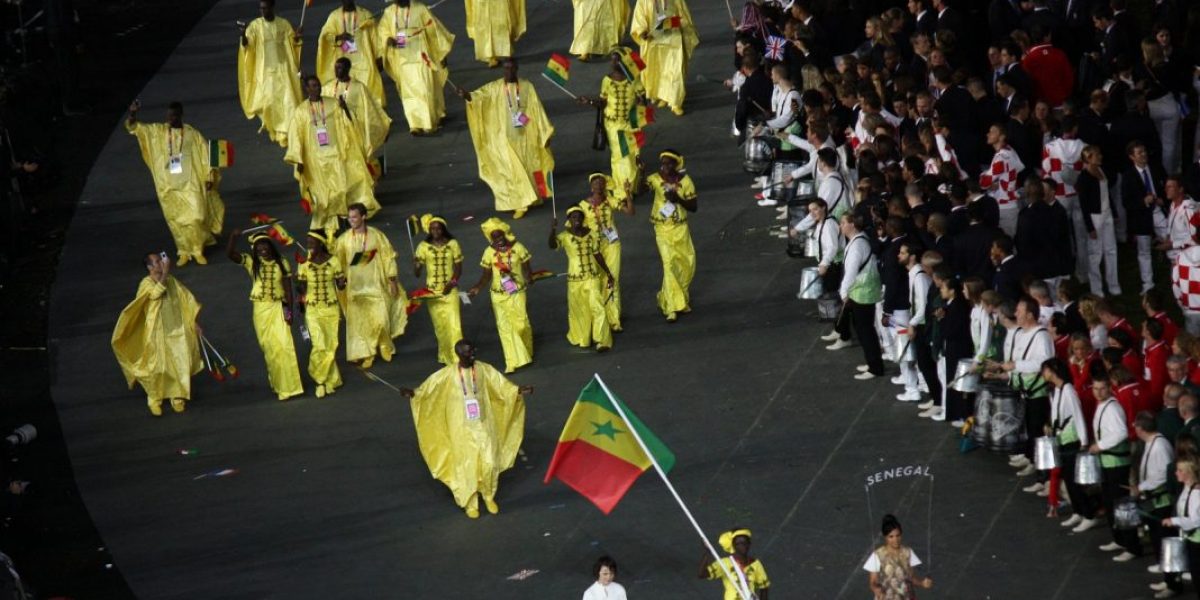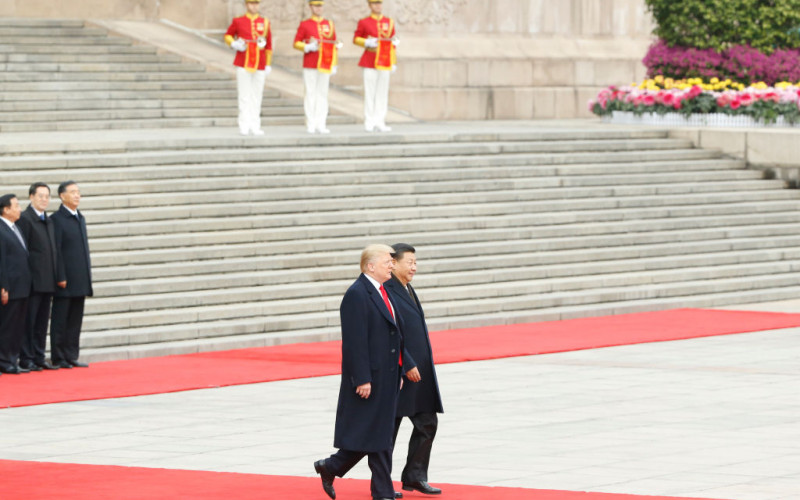Le Centenaire, the wider area around this major road, is also in the process of changing. During the 1970s the area was declared a residential zone, originally reserved for government employees and civil servants as the result of an initiative of President Senghor. Over a period of 30 years, however, the area has evolved into a Chinese market venue. This raises several important questions regarding the choice of this area by the Chinese, the fact that so many of the residents along the street have rented out their front yards to small-scale Chinese retailers and the development of an extended informal market run by locals.
Over the years, tensions have arisen because of this development, resulting in protests against Chinese products and the competition they present to local retailers, culminating in a major strike in 2004 organised by UNACOIS, the largest Senegalese retail and industrial association. Even though there was counter-action from the local customs union (ASCOSEN) in favour of Chinese goods, the Chinese retailer community has had to readapt itself to these specific local realities and readjust its strategy.
Although generally the Chinese presence in Senegal appears to be spatially and numerically quite limited, the vast number of actors directly or indirectly affected by their presence turn it into a very complex reality.
SAIIA sincerely thanks those who acted as peer reviewers for this paper.








